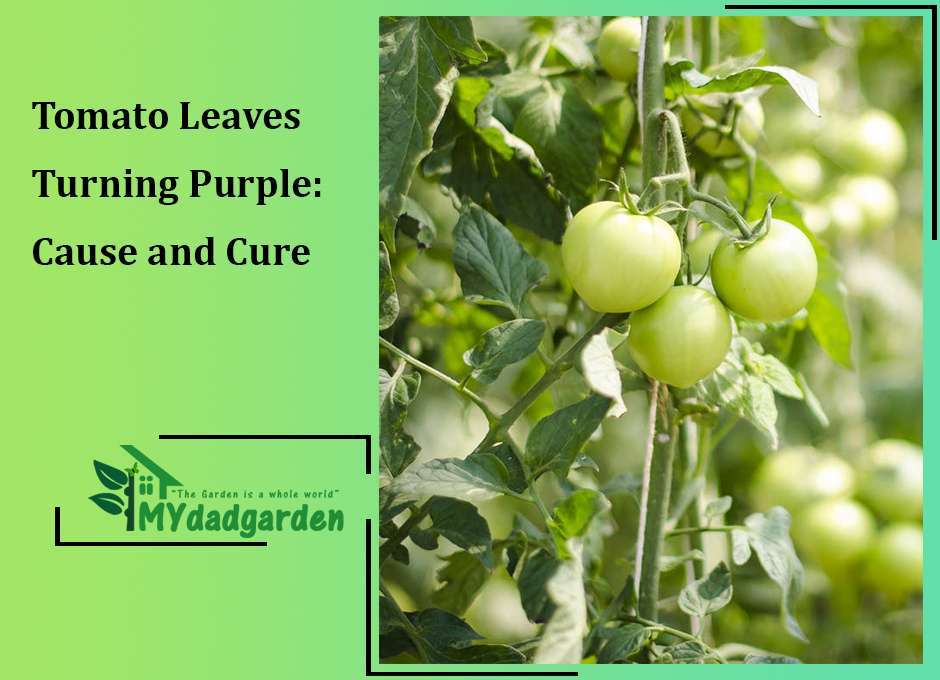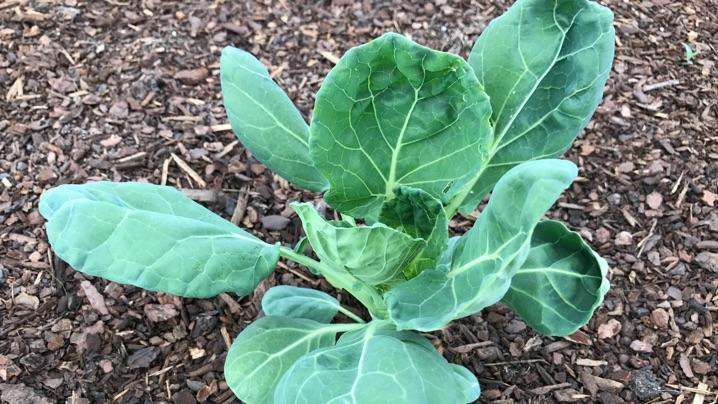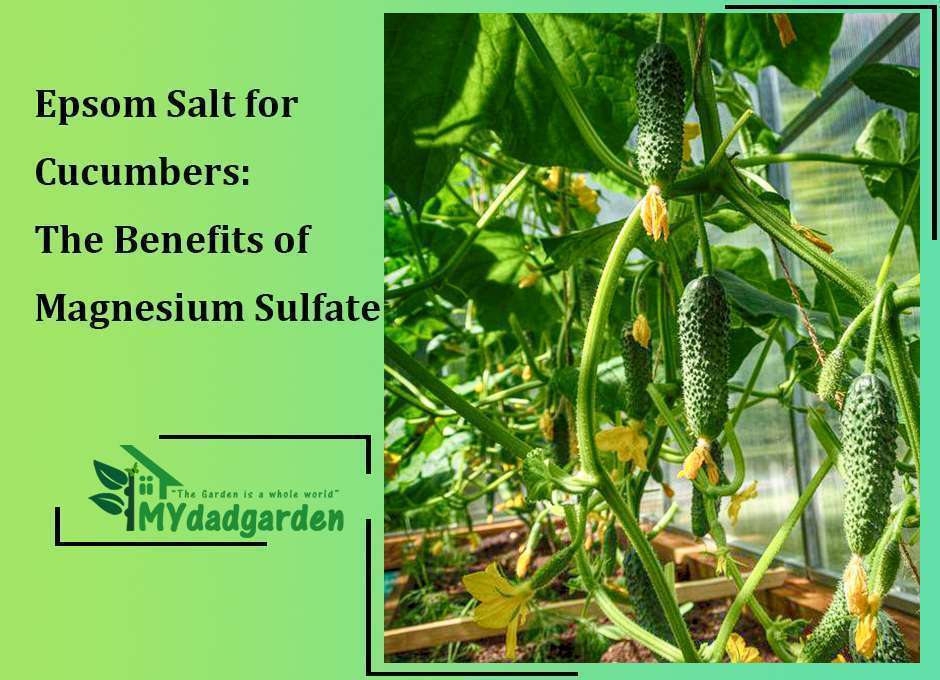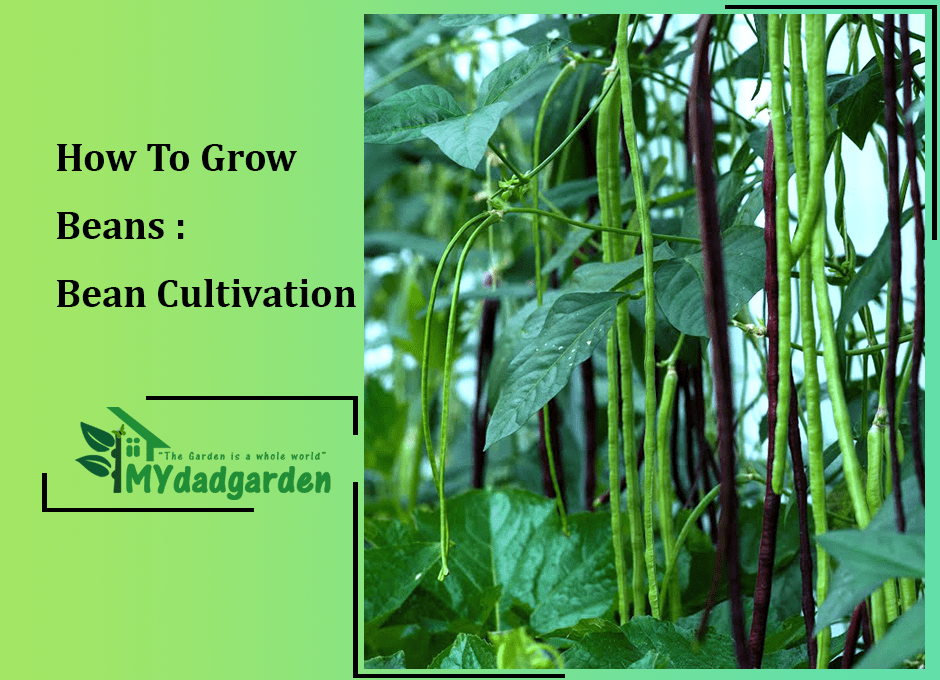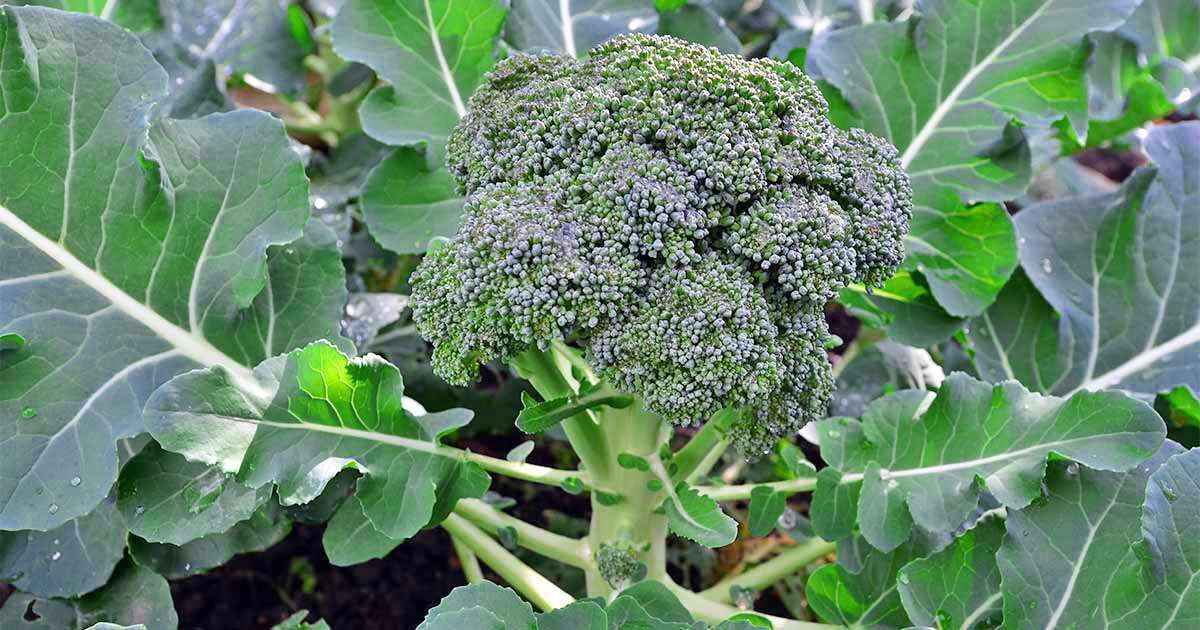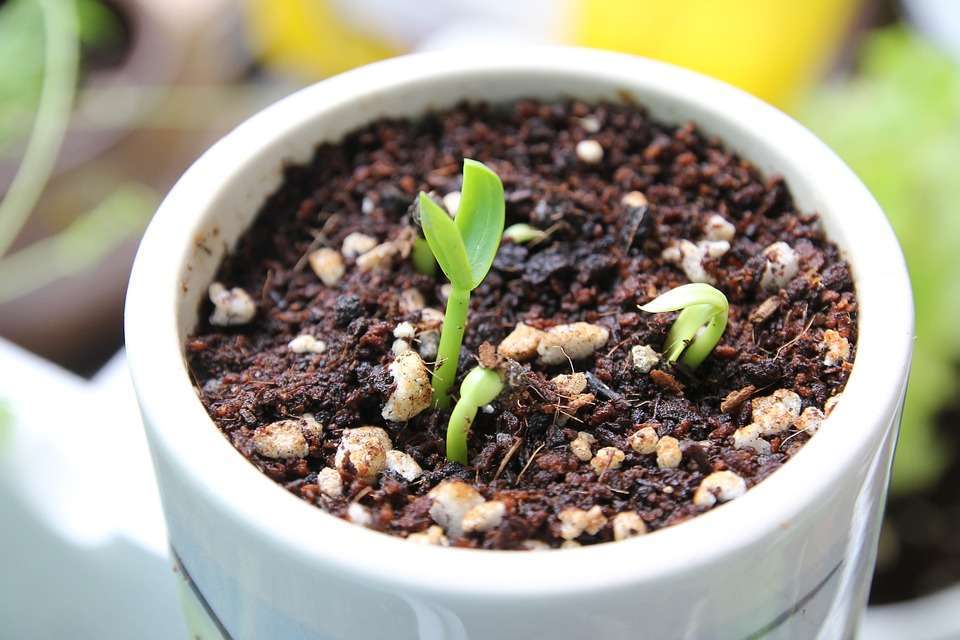Tomato Leaves Turning Purple: Cause and Cure
For tomato gardeners, the sight of tomato leaves turning purple is a mystery that has long puzzled them. What could be causing this phenomenon? Is there something wrong with my plants?
Well, fear not, tomato gardeners! The cause and cure for tomato leaf turning purple have finally been found. This blog post will discuss what causes tomato leaves to The Cause of Tomato Leaves Turning Purple.
There are several reasons why tomato leaves might turn purple.
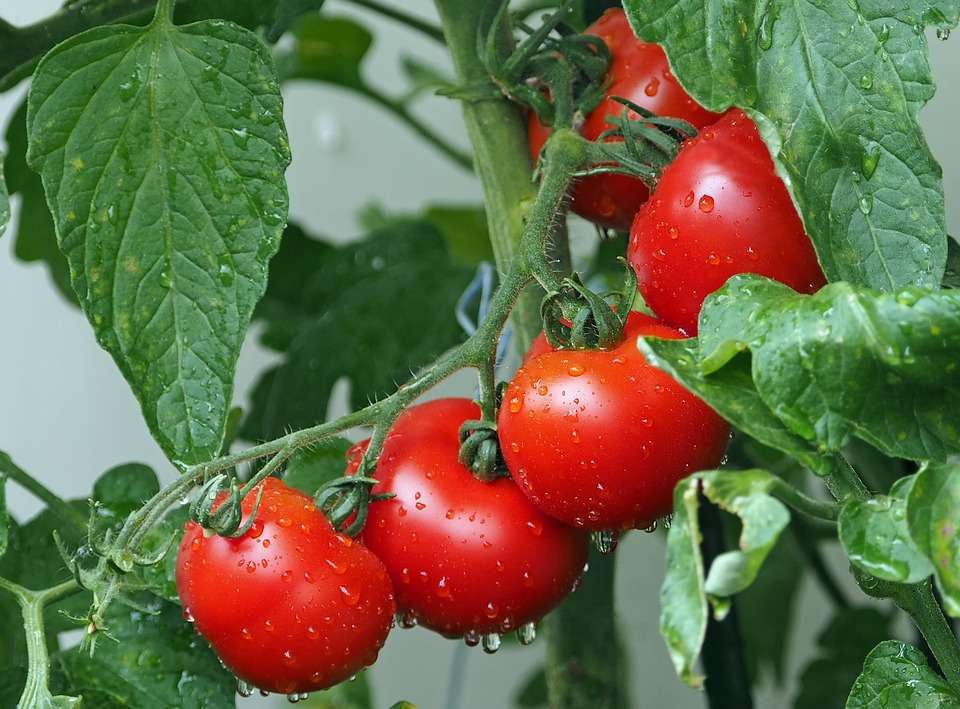
Table of Contents
Phosphorus Deficiency
One is phosphorus deficiency, which can occur when the soil is too alkaline or if the plant isn’t getting enough phosphorus from the soil.
Phosphorus is an essential nutrient for plant growth, and it is often lacking in cold soils or in young plants that have not yet had a chance to develop a robust root system.
Purple veins on leaves are a common symptom of phosphorus deficiency, and the problem can usually be corrected by applying a phosphate fertilizer to the soil.
However, it is crucial to diagnose the problem correctly before taking any action, as too much phosphorus can harm plants.
Potassium Deficiency
Tomatoes are susceptible to some nutrient deficiencies, one of which is potassium. Potassium is essential for proper plant growth, and a lack of it can cause the leaves to turn purple.
This is because potassium helps to regulate the uptake of other nutrients, and without it, the plants cannot correctly use the nitrogen in the soil. In addition, potassium helps to keep the plant tissues strong, preventing them from being damaged by wind or rain.
As a result, a lack of potassium can lead to several problems, including purple leaves. Fortunately, potassium deficiency is relatively easy to fix. Simply applying a fertilizer that contains potassium will often correct the problem.
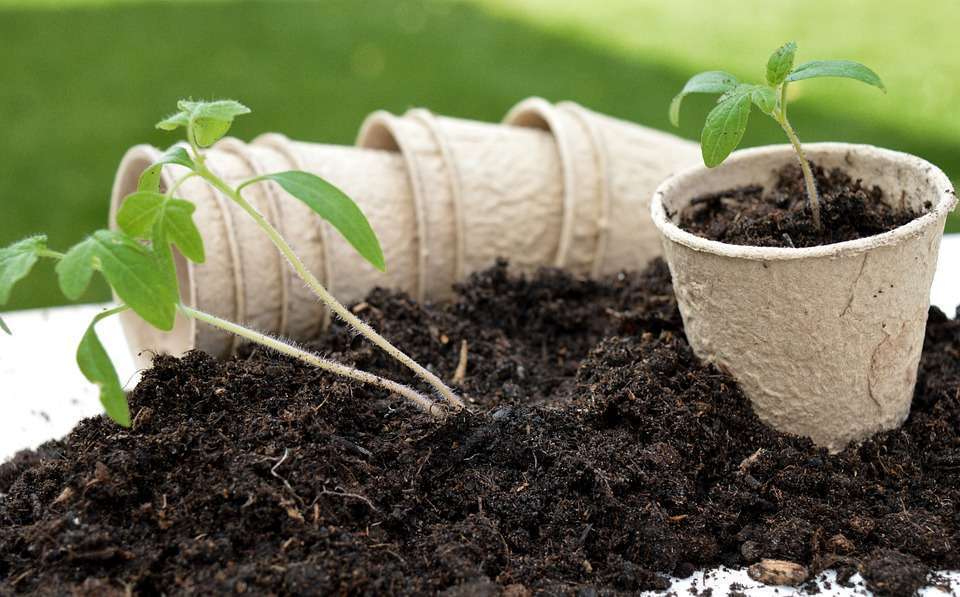
Too Much Light
Another possibility is that the plant is getting too much light. Tomato plants need about six hours of direct sunlight per day, but the leaves may start to turn purple if they’re getting more than that.
Tomato plants prefer warm weather, but too much heat can also cause leaves to turn purple. During high temperatures, make sure to water plants regularly and apply a layer of mulch to keep roots cool.
Intense light can also cause leaves to turn purple, especially in young plants or when indoor lights are too close to plants. Move plants away from windows or place them in a spot with bright indirect light. Your tomato plants will soon have green leaves again with the proper care.

Pests And Disease
Some pests and diseases can cause tomato leaves to turn purple. For example, psyllids and the curly top virus can both cause tomatoes to produce purple leaves. If you see any insects on the plant or signs of disease, you should contact a professional immediately
By understanding the cause of purple leaves, you can take steps to ensure that your tomato plants stay healthy and productive.
The Cure for Tomato Leaves Turning Purple
Treat A Lack Of Phosphorus In Soil
Tomato leaves can turn purple for several reasons, but the most common cause is a lack of phosphorus in the soil. While phosphorus is readily available in most commercial fertilizers, it can quickly deplete in garden soils.
As a result, it’s essential to regularly add compost, aged manure, or other organic matter to your tomato bed. You can also supplement your plants with a phosphorus-rich fertilizer or planting food.
If you suspect that your soil lacks phosphorus, a simple soil test can confirm your suspicions. Once you’ve diagnosed the problem, you can take steps to correct it and get your tomatoes back on track.
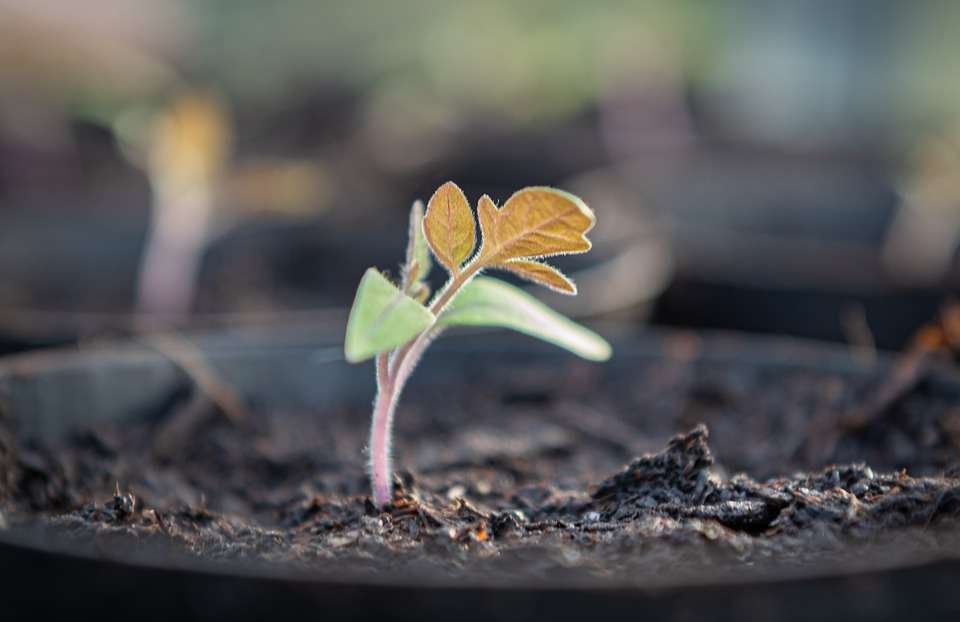
Be careful with intense light exposure.
Too much light causes tomato leaves to turn purple. The solution is to reduce the light intensity by moving the lights higher, using less intense light bulbs, row covers, or shade cloth.
One way to tell if the light is the problem is to look for other symptoms, such as pale leaves, burning of the leaf tips, and stunted growth. If these are present, increase the distance between the plant and the light source, reduce the number of hours of exposure, or use a more diffuse light source.
You can also try to reflect light onto the leaves with a white surface.
Tomato Plant Pest Control
One way to control pests on tomato plants is to dust the leaves with sulfur for psyllids. Psyllids are tiny, sap-sucking insects that can cause damage to tomato plants.
They feed on the plant’s leaves, which can cause the leaves to turn yellow and drop off. Sulfur helps control psyllids by killing them when they come into contact with it. It is essential to apply the sulfur early in the season before the psyllids have a chance to lay their eggs.
Another way to control pests on tomato plants is to use a product containing neem oil. Neem oil is a natural substance that repels many common garden pests, including aphids, whiteflies, and spider mites.
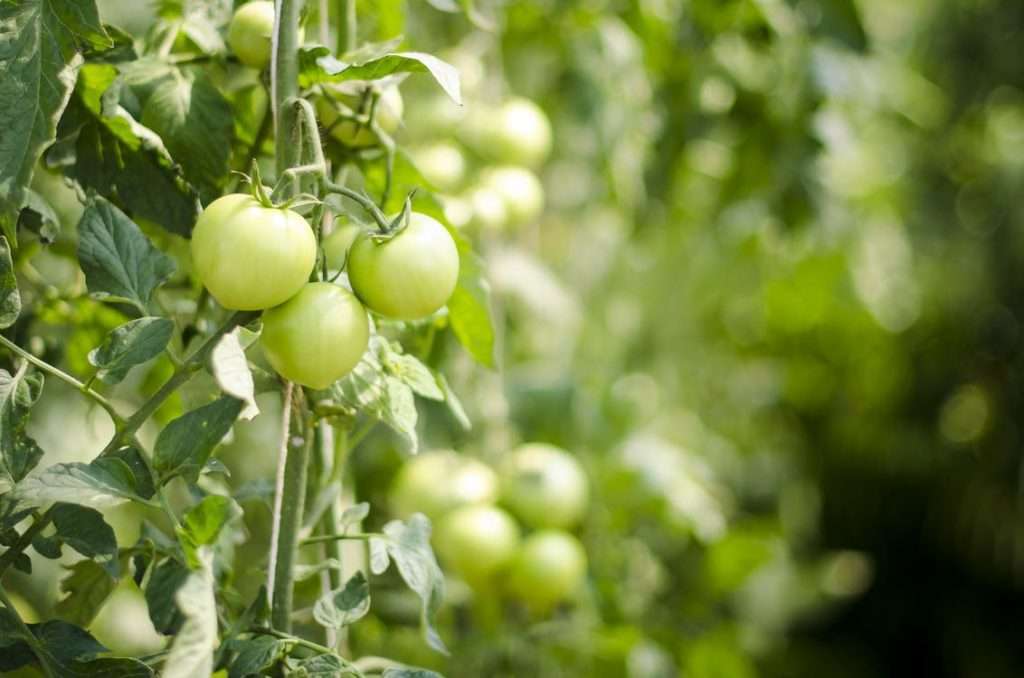
How to control Diseases in tomato plants?
Curly Top Virus and Tomato Spotted Wilt Virus can be controlled by removing infected plants from the garden. For Curly Top Virus, do not use diseased plants as compost.
For Tomato Spotted Wilt Virus, remove any infected plants from your garden.
Tomato Purple Leaf Disorder does not have a known treatment yet. Therefore, the best way to control this is to prevent it. To prevent tomato diseases, start with healthy seedlings, water at the base of the plant, and avoid overhead watering. In addition, practice crop rotation and disinfect your tools between uses.
By following these simple steps, you can help to keep your tomato plants healthy and free from disease.
FAQ
Why are my tomato leaves turning dark?
There are several reasons why tomato leaves may turn dark. One possibility is that the plants are not getting enough light. Tomato plants need full sun to thrive, and inadequate lighting can cause the leaves to turn a purplish color. Another possibility is that the plants are stressed due to too much or too little water.
Overwatering can cause the leaves to turn yellow or brown, while drought stress can cause them to turn red or purple. Finally, tomato leaves may turn dark if exposed to excessive heat or cold. If the temperature drops below 50 degrees Fahrenheit, the leaves may develop black spots. Similarly, if the temperature rises above 90 degrees Fahrenheit, the leaves may turn yellow or brown.
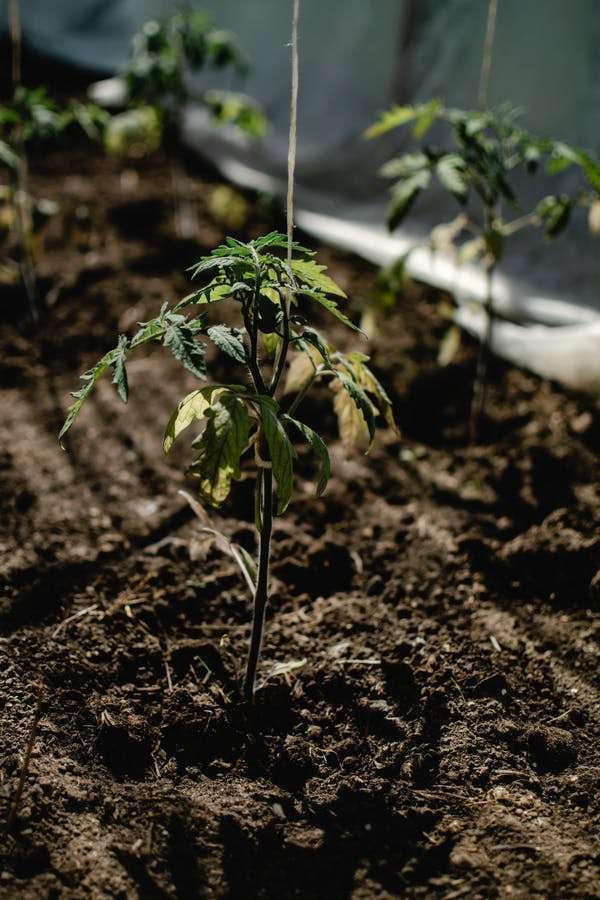
Why are tomato plant leaves turning yellow and purple?
If you’ve noticed that the leaves on your tomato plants are turning yellow and purple, there are a few possible explanations. One possibility is that the plants are not getting enough sunlight. Tomatoes need at least six hours of sunlight per day, so if they are not getting enough light, the leaves will begin to turn yellow.
Another possibility is that the plants are not getting enough water. Tomatoes need to be watered regularly, especially during hot weather. If the soil is too dry, the leaves will turn yellow and purple. Finally, it’s also possible that the plants suffer from a nutrient deficiency. If the soil lacks nitrogen or phosphorus, the leaves will begin to turn yellow and purple.
Previous Article: Peach Tree Leaves Turning Yellow: What to Do?

